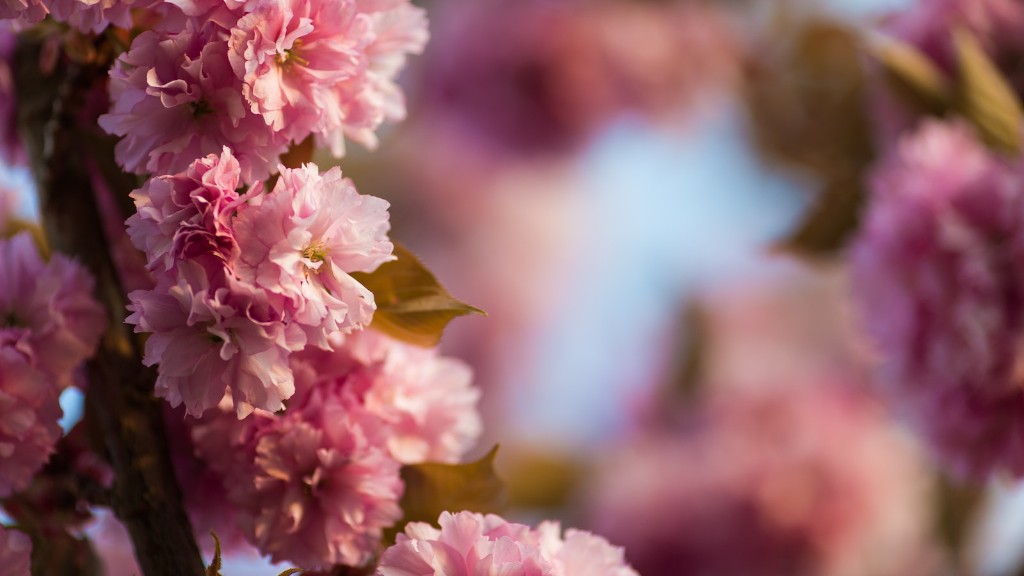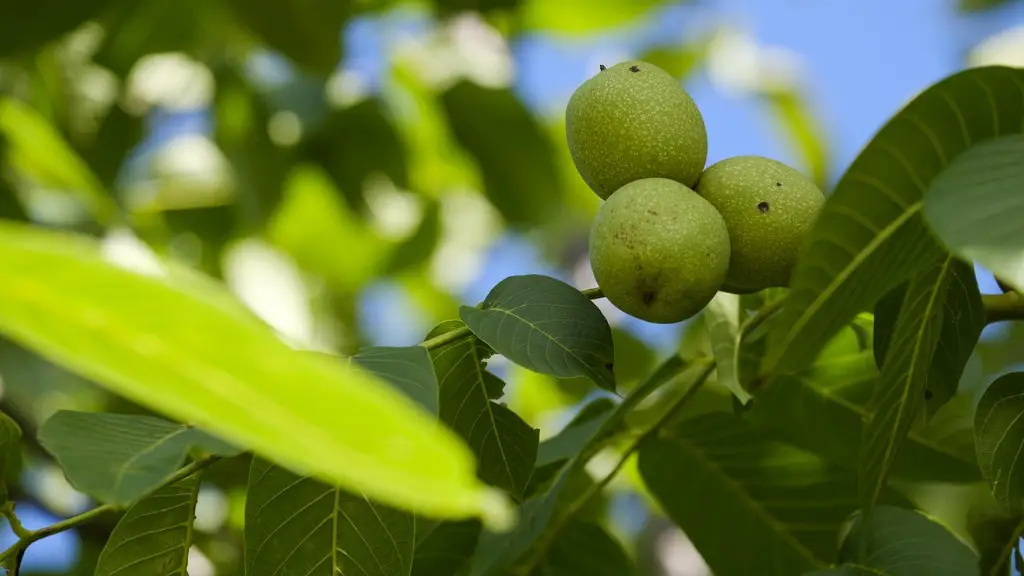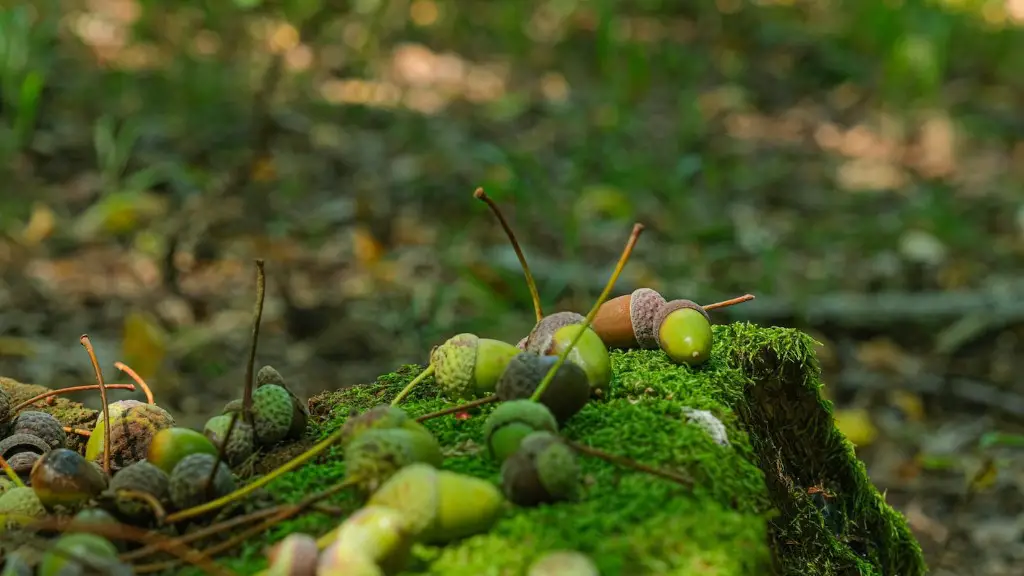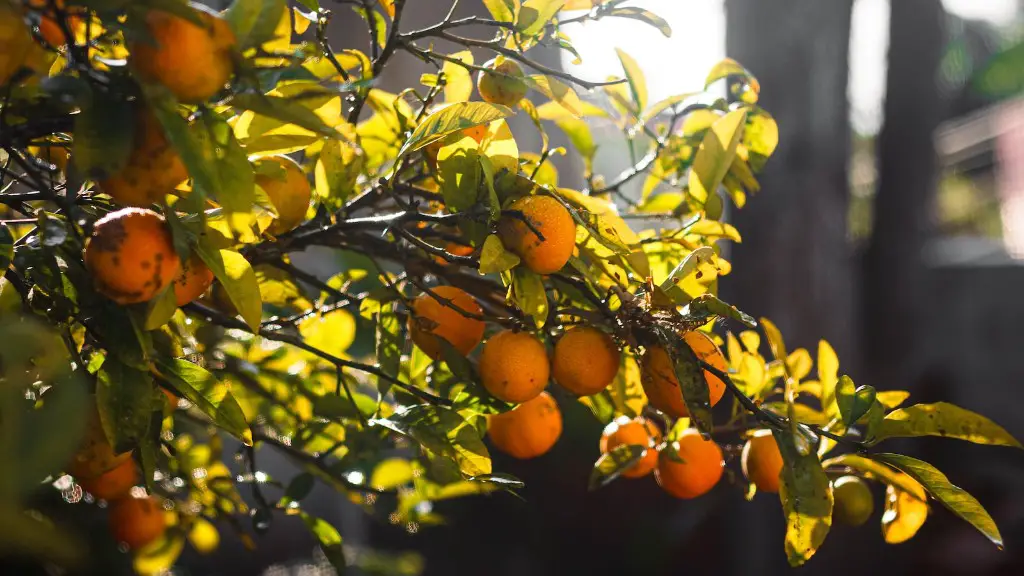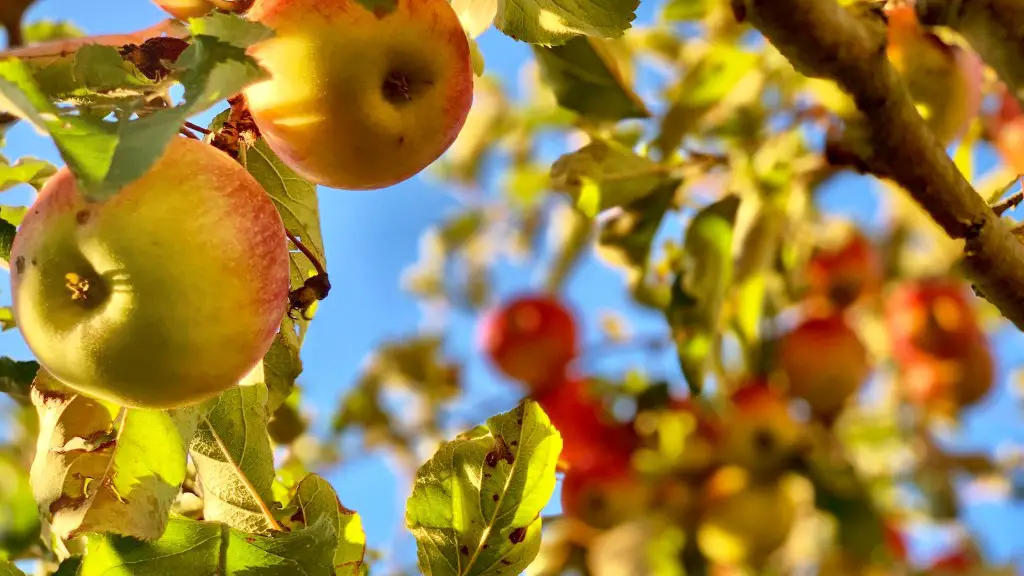Cherry trees need extra help from fertilizer to perform at their best. Their roots may not be able to reach sufficient nutrients from the soil to support the plant, so additional fertilizer can make the difference. But when is the right time to fertilize cherry trees?
Applying fertilizer at the wrong time can do more harm than good, so it’s essential to be aware of the right timing. Generally, fertilize cherry trees when the highly active period of growth occurs in the late winter and early spring months, when the plant is preparing to produce new growth and flowers. However, the exact timing of when to apply fertilizer will depend on the species of cherry tree, the weather, and your location.
Experts recommend using a nitrogen-rich slow-release fertilizer for cherry trees, as rapid-release fertilizers can cause excessive growth or reduce the amount of cherries produced. Also, it’s important to note that the cherry tree will likely not require the same amount of fertilizer every year, so you should adjust the frequency and amount of fertilizer seasonally, based on the results from compost or soil testing.
Fertilizing too early in the season may lead to tender and vulnerable new growth that can easily be injured by cold and frost. Fertilizing too late may mean the tree does not get the nutrients it needs to produce and ripen cherries. The ideal time to apply fertilizer is when the buds are just beginning to swell but are still dormant—a few weeks before the buds have opened.
In additional to using fertilizer, it’s important to keep the soil around cherry trees well-mulched. Organic mulch helps to conserve water, which is essential when it comes to cultivating a healthy cherry crop. Also, keeping weeds down around the trees helps cherry trees to get the most out of the soil’s nutrients. Removing weeds and adding organic material to the soil provides a great source of nourishment for cherry trees, freeing them from competition for food.
When you begin to feed your cherry tree, be sure to start with a small amount and work up to the recommended amount. Applying too much fertilizer all at once can burn the roots, so it’s important to use only the recommended amount.
Watering cherry trees
Water is an essential element for healthy cherry trees. Deep watering, where water is applied slowly as if it is raining, is best. This kind of watering allows the moisture to penetrate deeper into the soil, which encourages deeper root growth. To encourage healthy and strong root growth, give your trees another deep watering at least once a month during dry periods, but never water more than that and don’t water too often. Overwatering can damage cherry tree roots.
It’s important to remember that cherry trees need water even after they have matured. Once established, cherry trees will need watering during periods of drought. Lacking water during these times may result in smaller buds and leaves, and fewer flowers and fruit.
Knowing when and how to water cherry trees correctly is essential for keeping them healthy and getting a high yield.
Pruning cherry trees
Pruning is essential for any type of tree, and cherry trees are no exception. Pruning encourages the tree to grow upwards rather than shaping outwards and helps to keep the tree in an orderly form, resulting in a much larger yield. Pruning should be done at least once a year, typically in late autumn or early winter. With established cherry trees, a hard prune once every three to five years may be recommended.
When pruning cherry trees, always use clean and sharp tools to avoid damaging the tree. As the tree ages, you’ll want to remove any diseased, dead, or dying branches, as well as any water sprouts or crossing branches. If you’re pruning to shape the tree, you should always aim to reduce its size no more than 20%.
For cherry trees that are young, pruning should be regular and frequent in order to ensure the desired shape is achieved and maintained. This should be done from early on in the life of the tree, as this will make any later pruning simpler and will result in a better shape.
When done correctly, pruning will produce a tree with a better structure and ultimately a larger, healthier cherry crop.
Monitoring cherry tree pests
Pest control is essential for the health of any cherry tree. Keeping an eye out for signs of insects and other pests is essential and the earlier any infestations are spotted, the more likely it is that the trees can be saved.
Cherry fruit fly and cherry aphids are two of the most common pest problems affecting cherry trees. They can cause significant damage to the tree’s leaves and branches, as well as to the fruit itself. The best way to prevent damage from these pests is to practice good pest control management.
Good pest control starts with regular monitoring of your cherry tree. Inspect branches, leaves, and fruit for any signs of pests such as eggs or larvae. If you spot any, you can get rid of them with the help of insecticidal soaps or horticultural oils. Spot-treatments with insecticides can also be used, but keep in mind that it’s important to use the right products to avoid damaging your cherry tree.
In addition to insecticides, there are some more organic ways to control pests and limit damage. Good garden hygiene is essential: remove any dead and fallen leaves or branches to prevent pests from thriving. Other organic methods to consider include attracting beneficial insects, using traps, and encouraging natural enemies of pests, such as birds, to visit your garden.
Fungal diseases of the cherry tree
Fungal diseases can be incredibly damaging to cherry trees, so it’s important to take steps to protect your tree if you want a bumper harvest. Common fungal diseases of cherry trees include leaf spot, twig blight, and crown canker, all of which can impact the tree’s foliage, as well as its ability to produce a good crop.
The most important step with fungal diseases is prevention. Keep your trees healthy by regularly mulching and fertilizing. You should also avoid stressing the tree with things like over-fertilizing or over-pruning. Regular watering during dry periods and ensuring good air circulation around the tree will help to reduce the risk of fungal infection.
In the event of a fungal infection, fungicides are available to control the spread of the disease. Be aware that different fungicides will work on different types of fungus, so you should get a diagnosis from a professional before treating your tree.
It’s important to stay vigilant when it comes to fungal diseases and to act quickly if you spot any signs of infection. Fungal diseases can quickly spread when conditions are favorable, so swift treatment is key to protecting your cherry tree.
Harvesting cherries
When harvesting cherries, it’s essential to know when to pick them. Generally, cherries should be picked when they’re dark red and just starting to soften. Unripe cherries are still too sour to eat, while over-ripe cherries will be soft and far more likely to cause bruising and damage. To make sure your harvest is of the highest quality, always pick the fruit in the cool of the day.
Cherry picking can be a labor-intensive job, so the right tools can make a big difference. Using a step ladder or picking pole to make it easier to reach the cherries is a must. It’s also important to have a large, wide-mouthed basket to hold the cherries. It’s best to wait to fill the basket rather than picking cherries into smaller containers that can easily be dropped or knocked over.
When harvesting, avoid pulling the stem of the cherry away from the tree. Doing so can cause the stem of the cherry to break off and cause the cherry to rot prematurely. Instead, twist the stem a couple of times and then pull the fruit away from the tree. This way, the stem of the cherry will stay intact.
Finally, cherries are quite delicate and easily bruised, so it’s essential to handle them carefully when picking. Always move slowly and gently, as this will help ensure that most of your cherries reach their destination in perfect condition.
